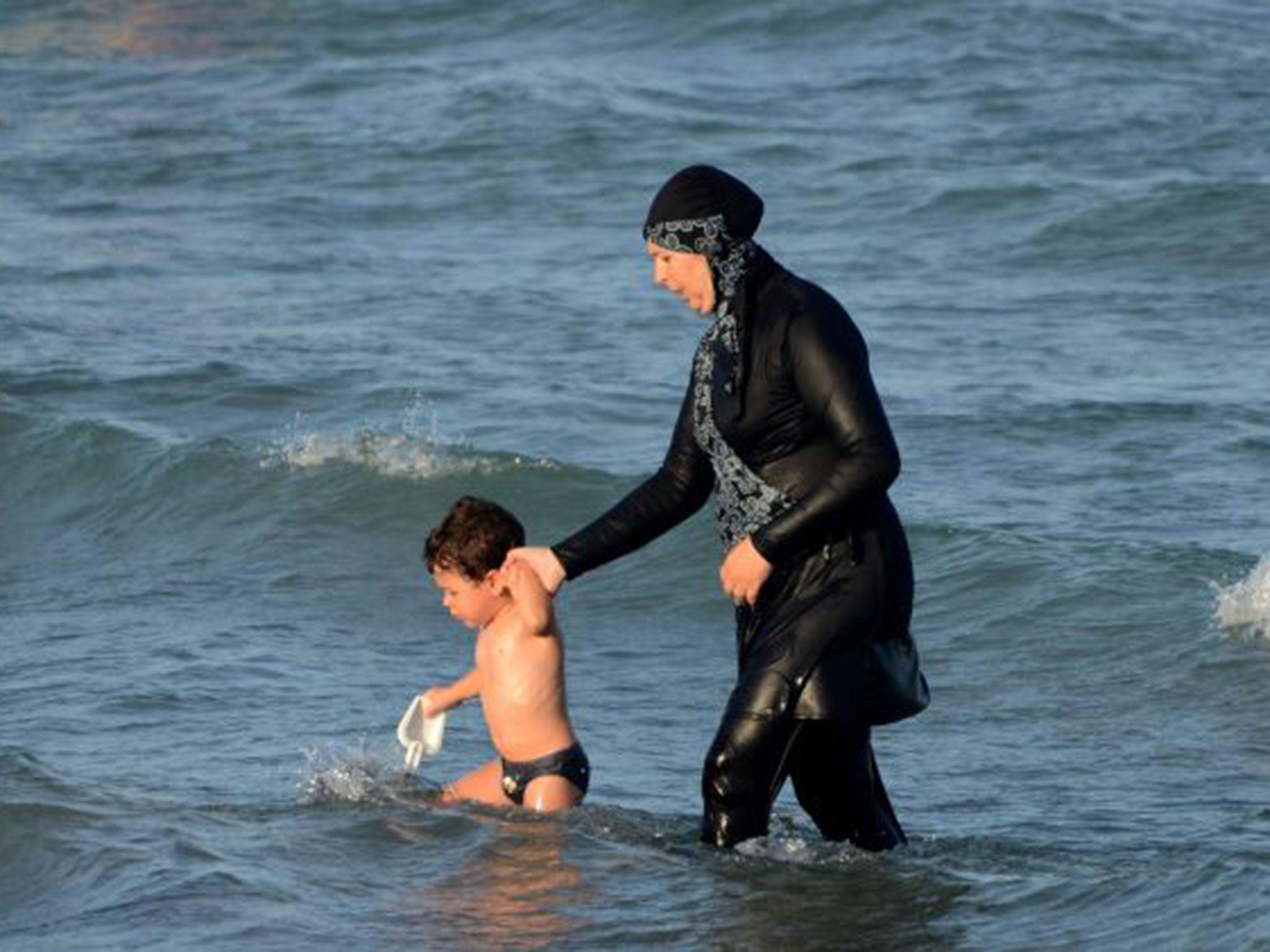Burkini ban: Designer who invented the swimwear says it has been 'misunderstood' by French authorities
'The burkini was designed for freedom, flexibility and confidence. It's not harming anything in any way.'

Your support helps us to tell the story
From reproductive rights to climate change to Big Tech, The Independent is on the ground when the story is developing. Whether it's investigating the financials of Elon Musk's pro-Trump PAC or producing our latest documentary, 'The A Word', which shines a light on the American women fighting for reproductive rights, we know how important it is to parse out the facts from the messaging.
At such a critical moment in US history, we need reporters on the ground. Your donation allows us to keep sending journalists to speak to both sides of the story.
The Independent is trusted by Americans across the entire political spectrum. And unlike many other quality news outlets, we choose not to lock Americans out of our reporting and analysis with paywalls. We believe quality journalism should be available to everyone, paid for by those who can afford it.
Your support makes all the difference.The woman who invented the burkini has said French authorities have misunderstood why the swimsuit was created and urged them not to turn it into a symbol of division.
Her comments come amid international outcry after the mayors of Cannes, Villeneuve-Loubet and the Corsican seaside resort of Sisco banned it last week, arguing the burkini, which leaves only the face, hands and feet exposed, defies French laws on secularism.
Images of a woman being ordered to undress by armed guard on one beach shocked the world.
“They have misunderstood what the burkini is all about,” said burkini designer Aheda Zanetti, adding that anyone, no matter their religion, could wear it.
“I hope that they understand that it's not something that symbolises anything - that anyone can wear it, that it's not harming anything in any way.”
With sun and surf an integral part of the Australian lifestyle, Zanetti designed the swimsuit in 2004 so Muslim women, who choose to wear a head covering like the hijab, could participate in water activities and other sports.
“The burkini was designed for freedom, flexibility and confidence. It was designed to integrate into Australian society,” she said in a phone interview with the Thomson Reuters Foundation from Sydney.
Zanetti said she is perplexed the burkini has attracted so much attention, given its normalcy in Australia.
“Look what's happening in Syria or in Italy,” she said, referring to the ongoing Syrian conflict and an earthquake that killed more than 70 people in Italy on Wednesday.
“I don't understand why a piece of fabric is taking over all of these really important issues?” Lebanese-born Zanetti said.
“Why do women have to be punished for wearing something that represents freedom, and health, fitness and enjoyment?”
The burkini debate is particularly sensitive in France, where the full face niqab and burqa veils were banned in 2010.
Tensions between communities have heightened following deadly attacks by Islamist militants.
Last month, a Tunisian killed 85 people when he drove a truck into crowds in Nice and a Roman Catholic priest had his throat cut in church by two French Muslims. And in November, 130 people were killed by bombings and shootings in Paris.
Zanetti, who has lived in Australia for more than 40 years, designed the burkini after watching her niece, who chose to wear a hijab, struggle to find lightweight clothes for her school netball games.
By using a hood to cover the head, rather than a burqa veil, Zanetti said the burkini had become an option for non-Muslim women.
With additional reporting by Reuters
Join our commenting forum
Join thought-provoking conversations, follow other Independent readers and see their replies
Comments